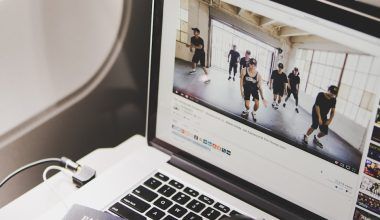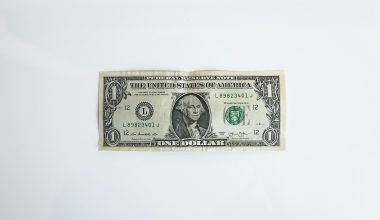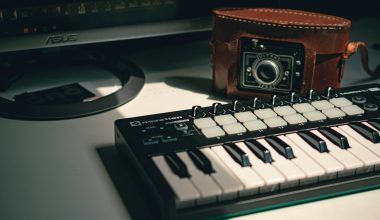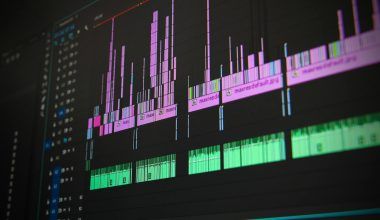Have you ever watched a YouTube Short and thought, “Wow, that sound is perfect! how to use a sound on youtube shorts?” Well, you’re not alone! Using sounds effectively on YouTube Shorts can transform your content and make it more engaging. Let’s dive into everything you need to know to master this feature.
Why Sounds Are Important for YouTube Shorts
Sounds are the heartbeat of any video. Whether it’s a catchy tune, a hilarious snippet of dialogue, or an ambient sound effect, the right sound can boost your video’s appeal. On YouTube Shorts, sounds are especially vital because the platform thrives on creativity and trends. Sounds help your videos:
- Stand out
- Connect with trends
- Engage viewers emotionally
By understanding how to use sounds on YouTube Shorts, you’ll make your content more shareable and enjoyable.
Where to Find Sounds for YouTube Shorts
If you’re new to YouTube Shorts, finding the right sound might feel overwhelming. Thankfully, YouTube offers an extensive library of sounds and music clips you can use directly within the app. Here’s how to find them:
- Search While Watching Shorts: As you’re scrolling through Shorts, you’ll notice a sound icon at the bottom of the video. Tap it to see the sound’s details and access options to use it.
- Use the YouTube Audio Library: This library is a goldmine of royalty-free music and sound effects. You can browse by mood, genre, or duration to find the perfect match.
- Third-Party Sources: If you’re looking for something unique, platforms like Epidemic Sound or Artlist offer licensed music. Just ensure you have the rights to use these sounds before uploading your video.
How to Add a Sound to Your YouTube Short
Adding a sound to your YouTube Short is as easy as pie. Here’s a step-by-step guide:
- Open the YouTube App: Head to the app and tap on the “+” icon at the bottom of the screen.
- Select “Create a Short”: Choose this option to start creating your video.
- Tap on “Add Sound”: You’ll find this option at the top of your screen. Explore the available sounds and pick one that fits your content.
- Record or Upload Your Video: With your sound selected, you can now record or upload your video. YouTube will sync the sound to your clip automatically.
- Adjust Timing: If needed, fine-tune the timing of the sound to match your video’s visuals.
Tips for Choosing the Right Sound
Not all sounds are created equal. Choosing the right one is crucial for making your YouTube Short memorable. Here are some tips:
- Match the Mood: Ensure the sound complements the tone of your video. A funny clip deserves a quirky sound, while a heartfelt moment pairs well with emotional music.
- Follow Trends: Trending sounds often get more visibility. Keep an eye on popular sounds and use them to join the conversation.
- Stay Authentic: While trends are important, always choose sounds that align with your personal style and message.
Leveraging Trends with Sounds
Trends on YouTube Shorts move fast. To stay ahead, use sounds that are currently popular. Here’s how:
- Monitor Viral Content: Regularly watch Shorts to spot trending sounds.
- Engage with Challenges: Many trending sounds are tied to challenges or themes. Participating can help your content reach a wider audience.
- Experiment and Adapt: Don’t be afraid to try new things. If a sound doesn’t work as expected, adjust and try again.
Legal Considerations When Using Sounds
Using copyrighted material without permission can land you in hot water. To avoid any issues, follow these guidelines:
- Use YouTube’s Library: The platform’s sounds are pre-cleared for use on Shorts.
- Credit Creators When Necessary: If you’re using user-generated sounds, give proper credit.
- Avoid Copyright Infringement: Double-check the licensing terms of any third-party sound.
How to Create Your Own Sounds
Sometimes, the best sound is the one you create yourself. Here’s how to make your own:
- Record Using Editing Software: Use tools like Audacity or GarageBand to record custom sounds or music.
- Upload to YouTube: Add your sound to a private video and use it in your Shorts.
- Collaborate with Musicians: Partner with local artists or friends to create something unique.
Engaging Your Audience with Sounds
Using sounds effectively goes beyond just adding them to your video. Engage your audience with these strategies:
- Ask for Feedback: Encourage viewers to share their favorite sounds in the comments.
- Create Challenges: Launch a challenge using your chosen sound to boost interaction.
- Respond to Trends: Be quick to adapt to what’s trending in your niche.
Conclusion
Learning how to use a sound on YouTube Shorts is more than just a technical skill—it’s a way to connect with your audience and bring your content to life. By finding the right sounds, staying on top of trends, and respecting copyright rules, you can create Shorts that stand out and resonate with viewers. So, grab your phone, find that perfect sound, and start creating today!
For further reading, explore these related articles:
- The Magic of Zombie Lyrics: Why We Love Songs About the Undead
- The Amazing World of American Pop Singers: A Journey Through Music
For additional resources on music marketing and distribution, visit DMT Records Pvt. Ltd..






